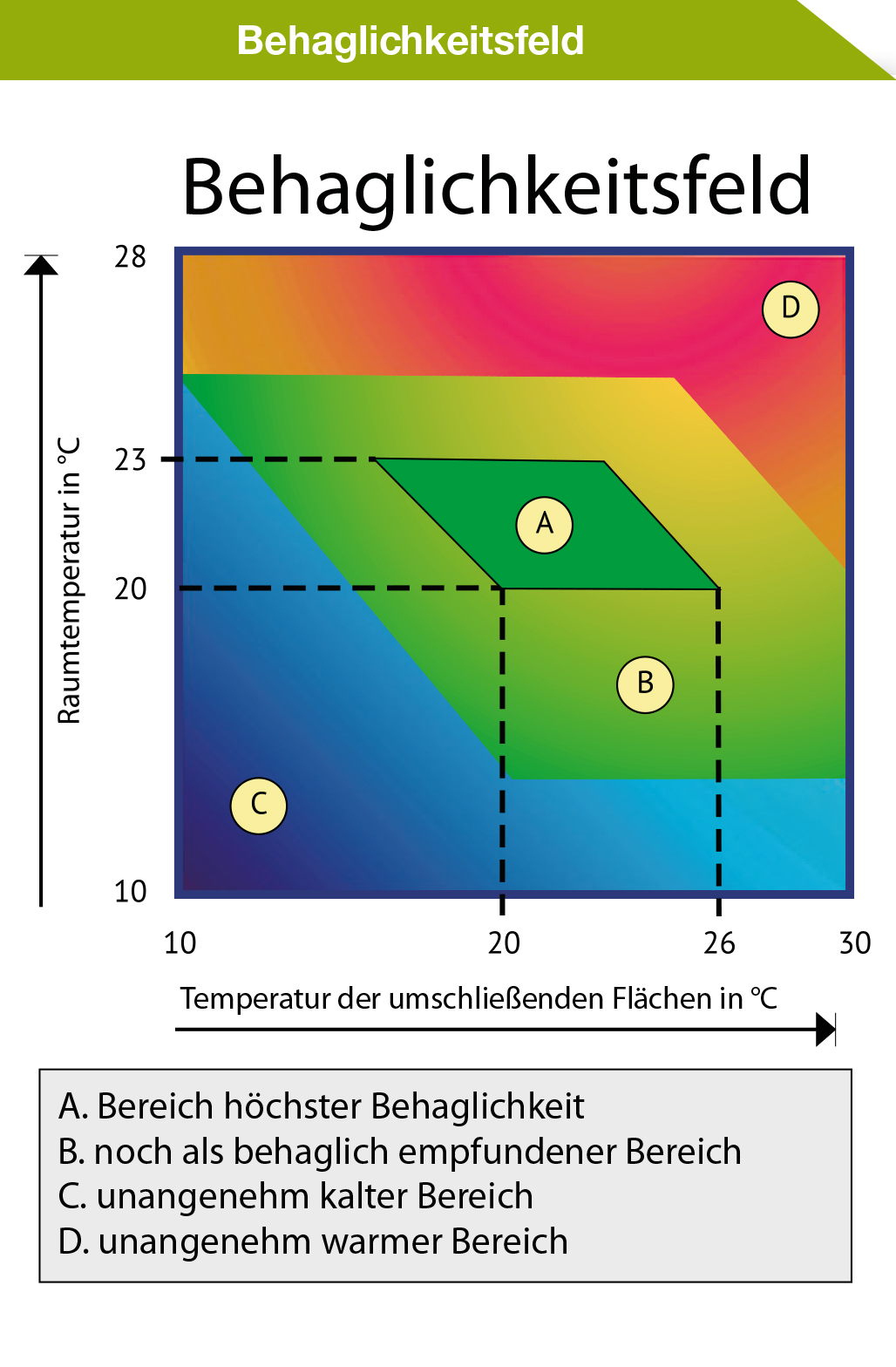Wellbeing
and textile floor coverings
Comfortable and cozy interiors in immediate office and living environments play an increasingly important role in daily life and have been proven to contribute to an increase in the quality of life itself.
Textile floor coverings create a comfortable and cozy living environment
Although the individual awareness of cozy and comfortable warmth is quite different from person to person, it is influenced positively or negatively by a variety of factors (for example, by clothing, loss of warmth through sweating, acclimatization, colour surroundings, ambient air humidity or drafts).
The best possible distribution of warmth within any room is, however, always of decisive importance.
The differences in temperature between the ambient air temperature and that of the surrounding surfaces of the room (such as ceilings, walls and floors) should not exceed 2°C to 3°C.
Cold ceilings, walls and floors tend to cause a high degree of warmth radiation in persons occupying the room, which becomes apparent by the feeling of an unpleasant ‘draft’ or directly in the form of cold feet.
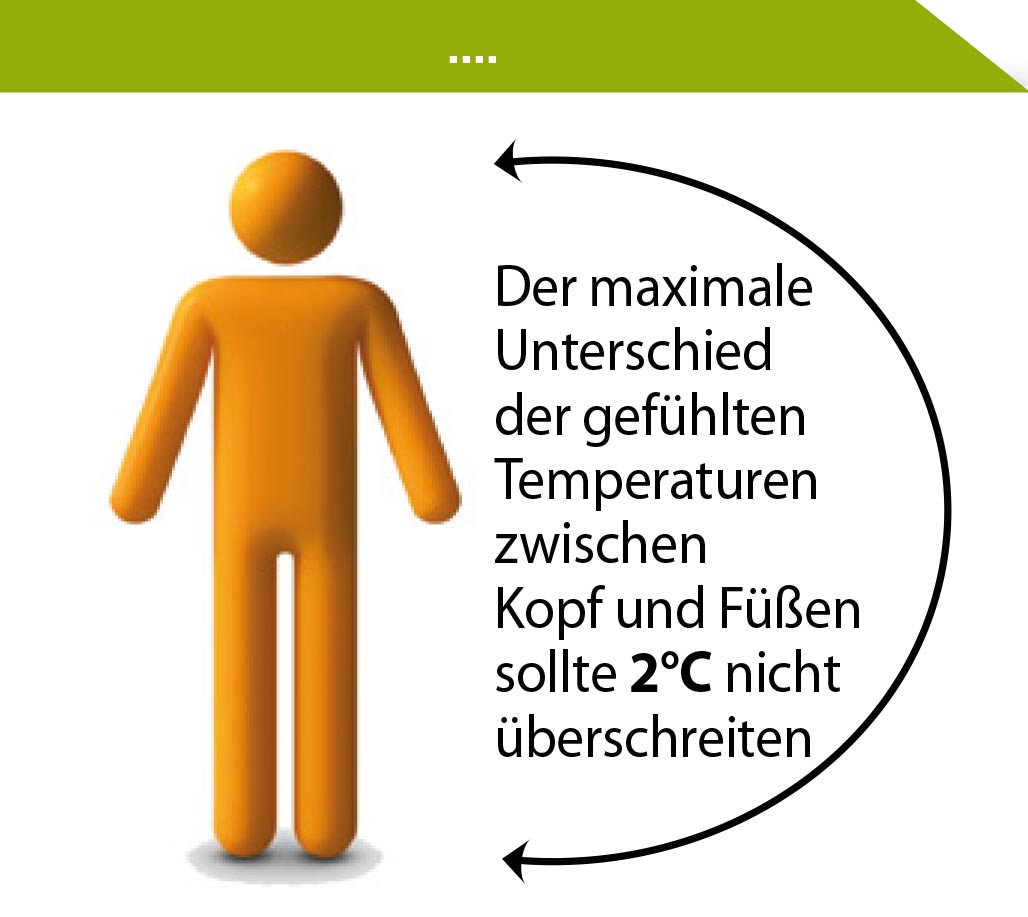
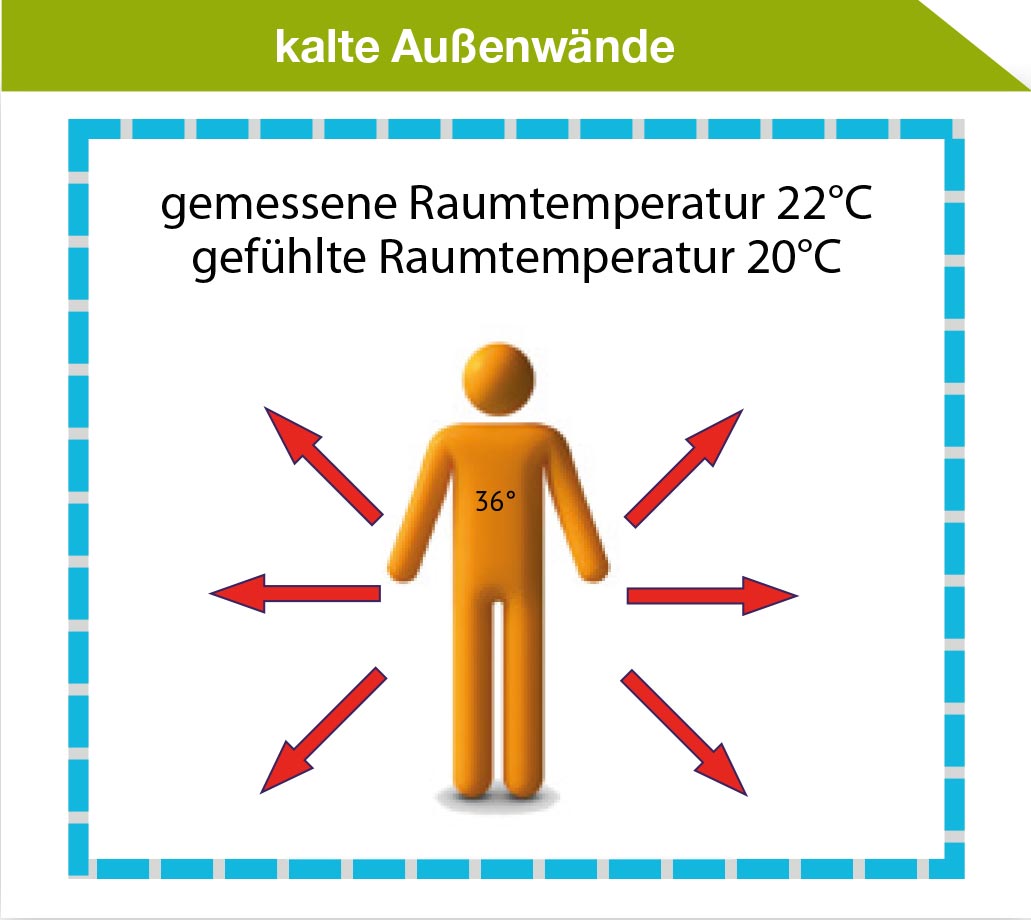
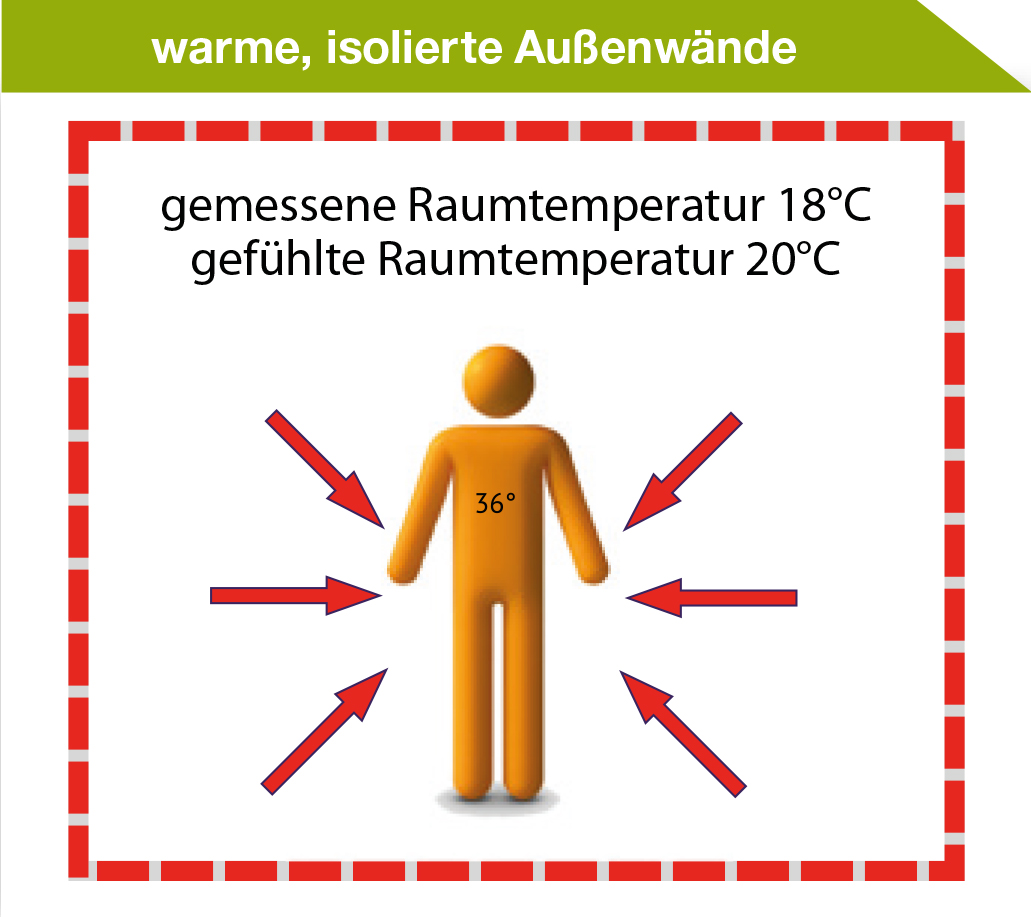
Textile floor coverings counteract heat radiation
Textile floor coverings tend to counteract such warmth radiation because of their structure and the inherent mate- rials of their content. The surface temperature experienced from a carpeted floor covering is considerably higher because of the reduced amount of such warmth loss, in Comparison with a room with a non-textile floor covering.
Carpeted floor covering reduces the warmth radiation due to its textile structure and its insulating characteristics, and thus perceptively influences the feeling of comfort and coziness, in contrast to rooms without carpeting.
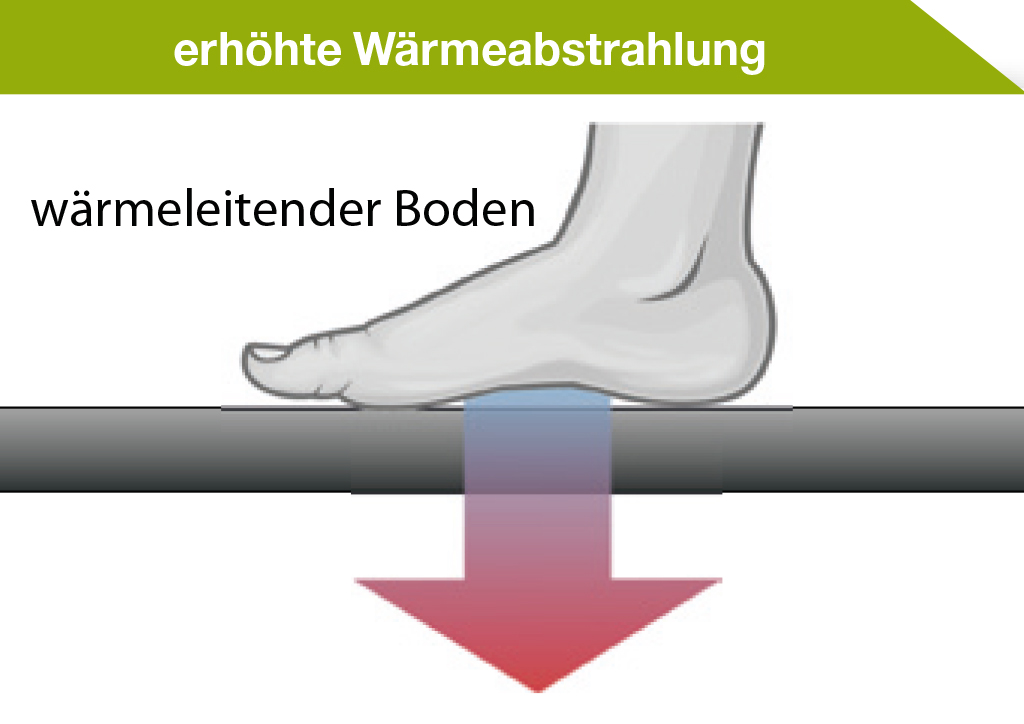
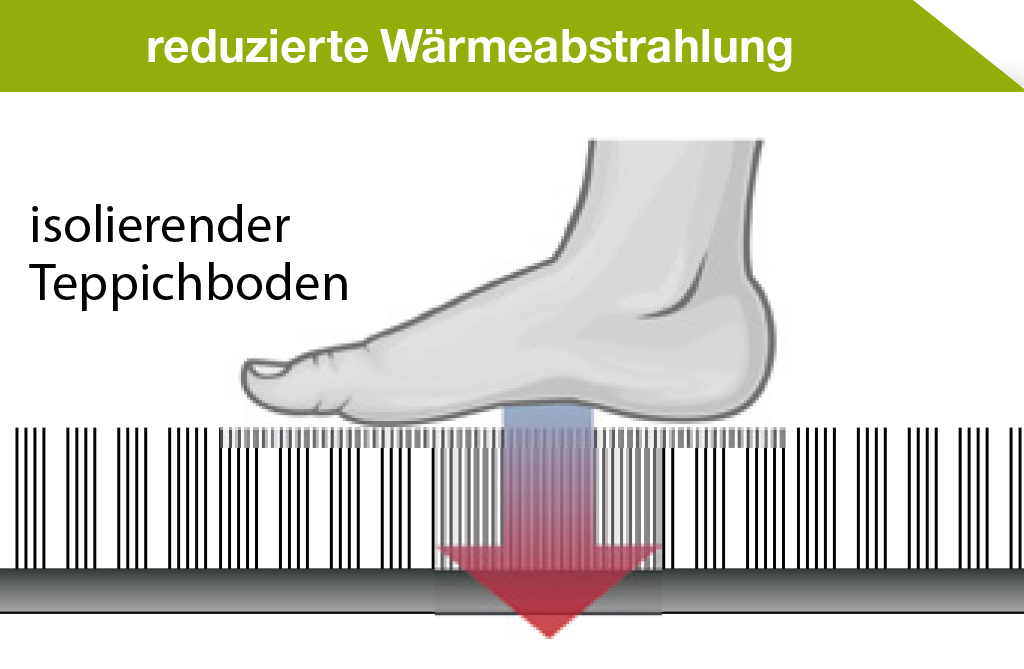
Carpet improves perception of comfort
Carpeted floor coverings actually improve the physiological as well as the psychological awareness of coziness and comfort. In a room fitted with carpeted floor coverings, the occupants feel comfortable even when the ambient room temperature is 1°C to 2°C lower than in rooms without carpeting.
Any optimum ambient temperature depends largely on what the room is being used for and the activities therein.
For persons sitting and clad in light clothing, the ambient room temperature should not be lower than 20°C and not exceed 22°C.
In cases of bodily activity or when persons wear well insulated clothing, the ambient room temperature can be appropriately reduced.
Building physics identifies a clearly defined range where human beings feel most comfortable in enclosed rooms – the “optimum comfort range” (see illustration).
This “optimum comfort range” is defined by the relation- ship between the already mentioned optimum ambient room temperatures and the temperature of the surrounding surfaces.
Download information sheet:
Well-being & comfort with textile floor coverings
Download our information sheet on this topic as a PDF here.
